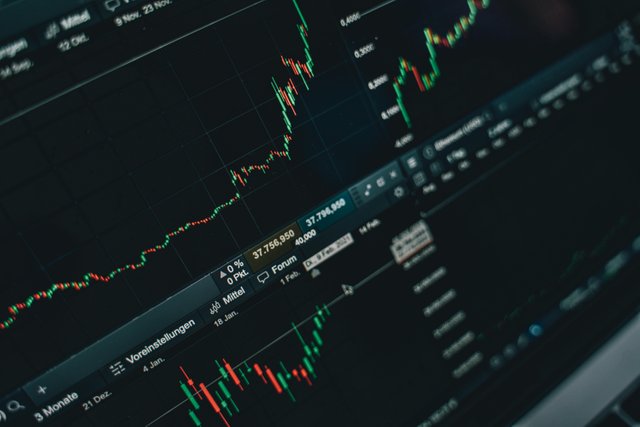Margin Trading: Amplifying Positions Through Borrowed Funds
Margin trading is a common strategy through which traders may borrow funds from a broker or exchange to trade bigger positions than would have been expected purely from their funds. While this is done in expectation of greater profit for a trader in trading in stocks, cryptocurrencies, forex and the like, such shortcuts lead to greater risk and require quite disciplined management.
In margin trading, a trader uses his own funds plus borrowed capital, which may be defined as the proportion of borrowed money to a trader's personal assets called "leverage." For example, if a trader wanted to leverage their trade tenfold, he would be allowed to manage a position worth ten times what they initially invested. If the trade goes that way for them, they multiply; if it happens, the other way around, losses become equally so.
Typically, a margin call will happen that demands the trader to deposit collateral against a margin position if the market trend goes against the trade and lowers the trader's balance below the maintenance level. The broker may liquidate the assets of the trader to recover the loaned amount.
Margin trading demands having the traders implement strict risk management measures such as placing stop-loss orders and refraining from excessively leveraged trades. It may yield high rewards, but it becomes most suitable only for experienced traders who understand the intricacies and risks involved.
Thanks
.jpg)
~ Nesaty
Margin Trading: Amplifying Positions Through Borrowed Funds is a great article.